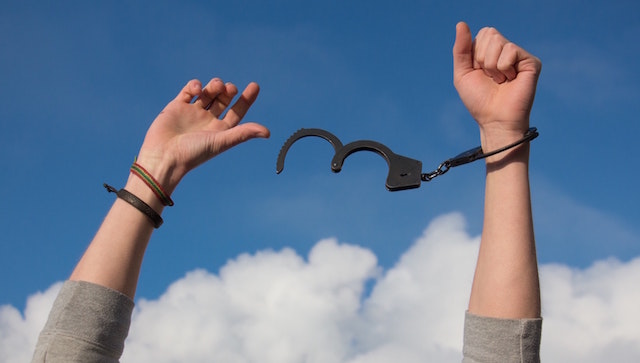FIRE stands for Financial Independence Retire Early. It is a lifestyle choice that combines frugality, minimalism, mindset with finance to define what is important to you and what brings you happiness. The aim is for the passive income, generated from your investments, to cover your expenses. In order to achieve this, you simply need to avoid bad debt, save and invest.

What does Financial Independence (FI) mean?
Financial independence, often referred to as Financial Freedom, is defined as being able to support your lifestyle and cover your annual expenses without having to work. In monetary terms your assets bring in enough income (dividends, interest, rent, staking rewards etc) to cover all of your annual costs and enable you to live the lifestyle of your choice.
Here’s what financial independence means in a general context:
- Not having to stress about unexpected bills
- Not having to return to work after having kids
- Being excited about a redundancy instead of worrying about losing your job
- Having time to pursue your interests
- More choices and options are available
- Working because you want to work not because you have to work
- Treating your superannuation as a bonus rather than the only means of retirement
- Sleeping soundly at night because you’re not worried about your financial position
- Being able to take risks like leaving your job to travel or start a business without worrying about money
How to start your journey to Financial Freedom?
The first step is to set a goal. A good way to do this is by calculating your FIRE number. Your FIRE number is the amount of money that you need to have invested in order to live off those returns. The Trinity Study is the source of the 4% rule and the formula used to calculate the FIRE number. It is as follows:
Annual expenses x 25 = FIRE number
Example:
Annual expenses = $52,000
Therefore $52,000 x 25 = $1,300,000
The FIRE number is $1,300,000. Which means a portfolio value of 1.3 million, consisting of income producing assets such as shares, property and cryptocurrency will pay out roughly 4% per year in dividends, rent and staking rewards. In this case 4% is $52,000 per year.
It can feel overwhelming when you first see the FIRE number. 25% of the journey to a 1 million-dollar portfolio is reaching the first 100k. After this point the snowball effect takes place and compounding begins to accelerate your investment portfolio. Compounding is your best friend!
But I don’t have any money?
The most important part is to start, create a routine and stick to it. A good starting point is paying off any “bad debts”, increasing your savings rate and investing in income producing assets. Every pay put money away to start investing, even if it is only $20 or $50 a week. If you are struggling to find this, start by reviewing your home and car insurances each year and what you save goes towards your portfolio. Likewise, with internet and mobile service providers. Shop around and find better deals. For example, I start a new car insurance with RAC each each because it is cheaper than renewing the existing one? Strange right. This year we saved $90 on our annual premium just by doing this.
The higher your savings rate the faster you can achieve FI.
TAKE ACTION!
Where we invest our money!
Shares: This is our biggest allocation.
ETF’s (Exchange traded fund) – VAS, A200, VEU, GEAR, BBOZ & IVV
LIC’s (Listed Investment Company) – AFI, ARG & BKI
Individual Shares – BHP, ADH, NST, FMG & TLS
Crypto Currency:
Coins – BTC, ETH, ADA, DOT, CRO, HBAR, SAND, MATIC, LUNA, AVAX & ASX
Trading Bot – Pionex
Peer to Peer (P2P) Lending:
Plenti

Conclusion
Step 1. Calculate your FIRE number. Make sure this is reflective of your values and lifestyle preferences.
Step 2. Create a plan to pay off any bad debts. How can you live more consciously within your means? How and where can you increase your savings rate and start a regular investing routine?
Step 3. The most important step of all . . . TAKE ACTION!